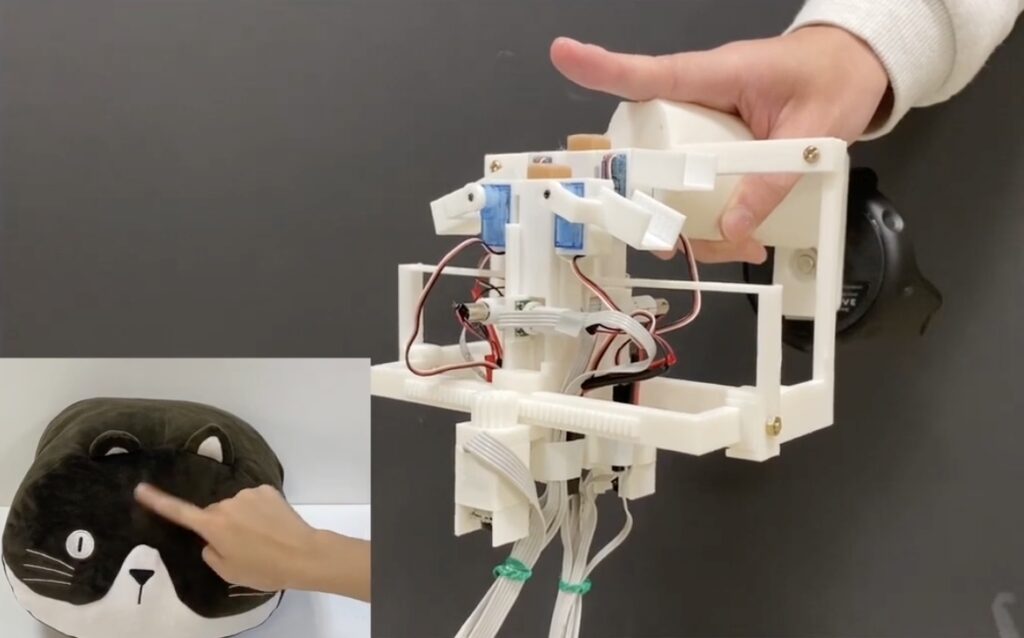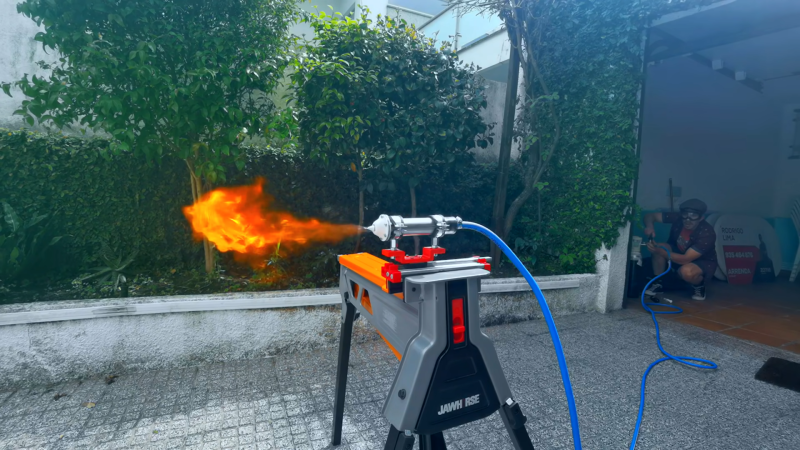Directly printed using water as the solvent, these eco-friendly thermoelectric generators are flexible and suitable for wearable use.
A team of researchers from Stanford University has published a paper detailing non-toxic, flexible energy-harvesting devices which they say could power future wearable electronics — thanks to carbon nanotube spaghetti.
“Carbon nanotubes are one-dimensional materials, known for good thermoelectric properties, which mean developing a voltage across them in a temperature gradient,” explains Professor Eric Pop of the material focused upon in the paper. “The challenge is that carbon nanotubes also have high thermal conductivity, meaning it’s difficult to maintain a thermal gradient across them, and they have been hard to assemble them into thermoelectric generators at low cost.”
Read more…




